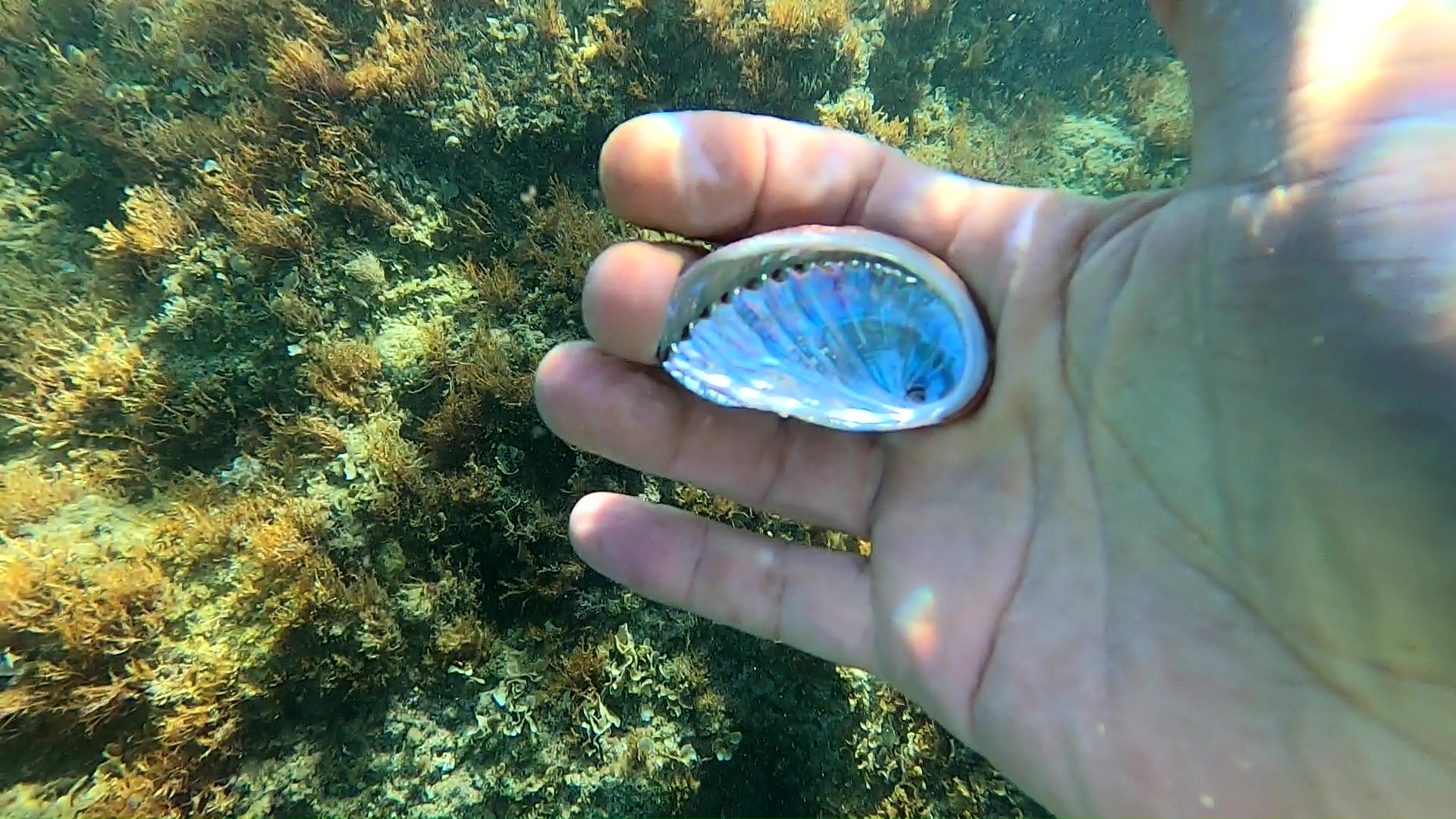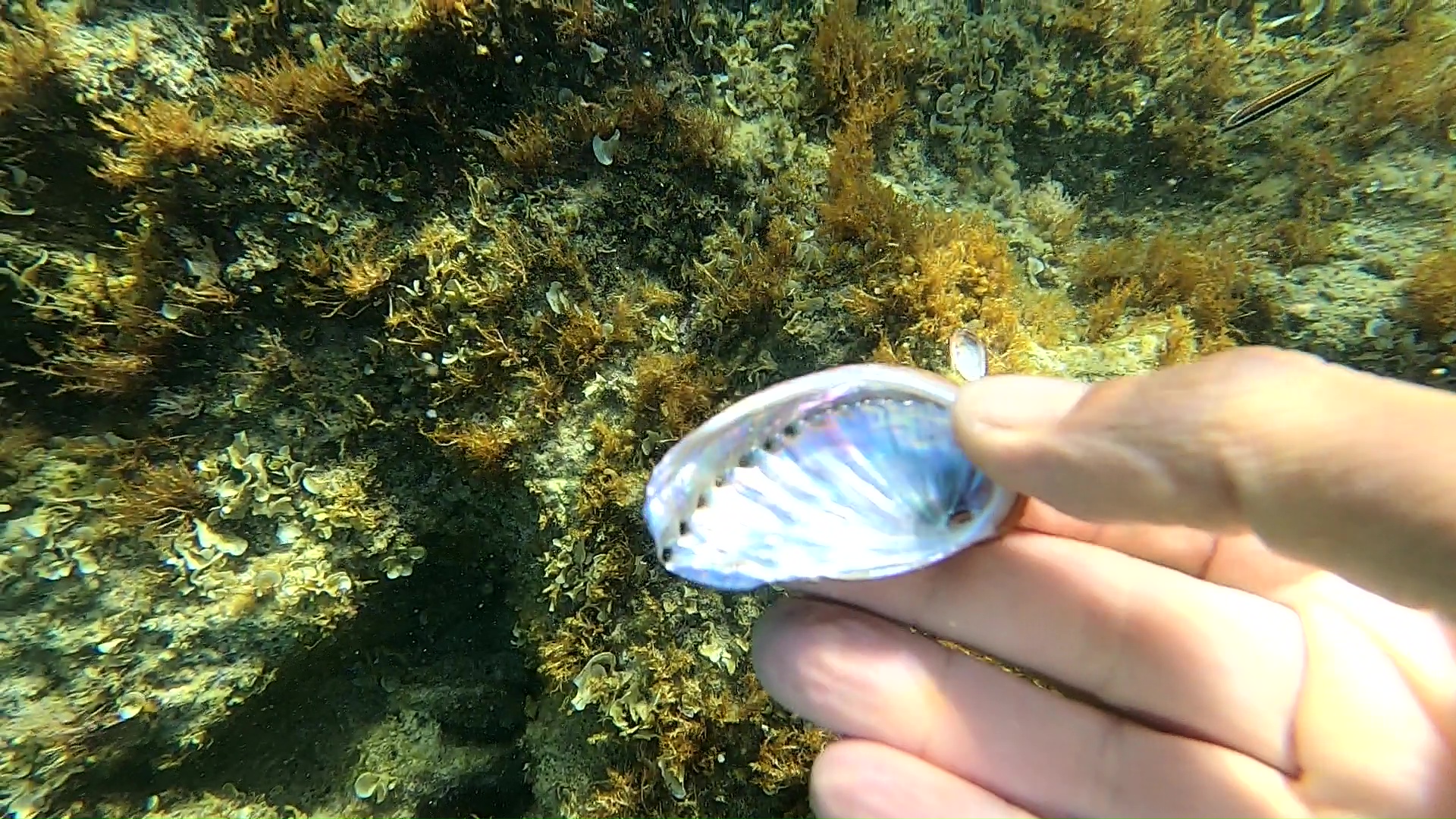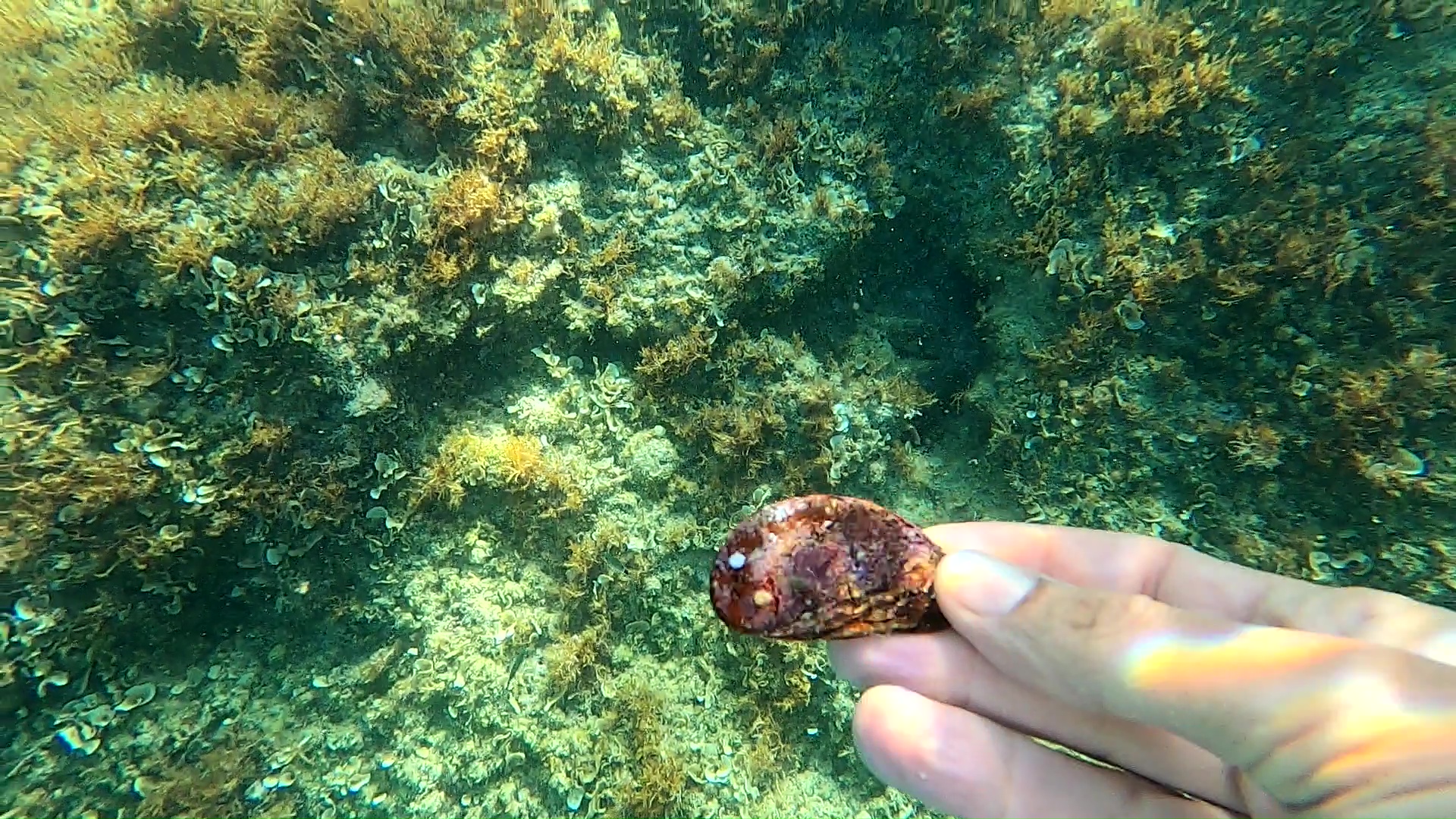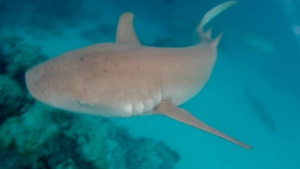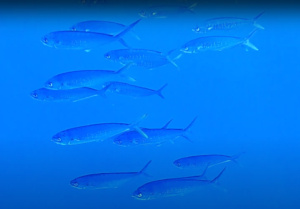Abalones or Haliotis are gastropod molluscs of the genus Haliotidae. In Italy the name that is used is Ear of Venus, a name that derives from the beauty of the pearlaceus side inside the shell. The external side as seen is completely different and looks like a concretion or a rock, and it is precisely for this reason that they are difficult to identify on the seabed or attached to rocks. Our Ear of Venus was in a hole a few meters deep and obviously we only found the shell, probably the residue of the usual octopus meal.
Haliotis Linnaeus, 1758 is a genus of marine gastropod molluscs, commonly known as Ear of Venus, Haliotis or abalones. It is the only genus in the family Haliotidae.
Description
They are hard shell molluscs. Oxygen is extracted from the water that enters the gills located under the shell. The water is then expelled through a row of holes. Their dimensions vary from 2.5 to 30 cm. Fish, seabirds, sea otters, crabs and starfish feed on them. Sometimes dark pearls are found inside them.
Distribution and habitat
Abalones are widespread in many parts of the world: along the coasts of the Mediterranean, Africa, Australia, New Zealand, the Pacific Islands and the western coasts of North America and the Channel Islands.
Biology
He defends himself by forcefully adhering to the rock (or other rock) using his foot using the same principle as the vacuum pump, thanks to the two main muscles of the body. The movement of the abalones is carried out thanks to the muscle contraction of the foot which is pushed forward and is fixed to the ground thanks to a slimy mucus substance. The wave of contraction then expands to the whole body and finally the mollusk takes a new “step”. Their speed has been calculated to be around 5 meters per minute. The Haliotidae family has a visual system that generates a dimly lit image, comparable to that obtained with a darkroom.
Diet
Abalones are herbivores and feed on algae such as sea lettuce and Corallina coralliform algae. They find food in the rocks which they break up with their small horny teeth.
Reproduction
Males reach sexual maturity at 2 years of age, while females reach it at 3 years of age. Abalones are molluscs with external fertilization, they emit their gametes into the water where fertilization takes place. Trochophore larvae emerge from the eggs and swim to the surface. The trochophore will turn into a veliger.
https://it.wikipedia.org/wiki/Haliotis
https://en.wikipedia.org/wiki/Haliotis
Gallery
 English
English Italiano
Italiano
